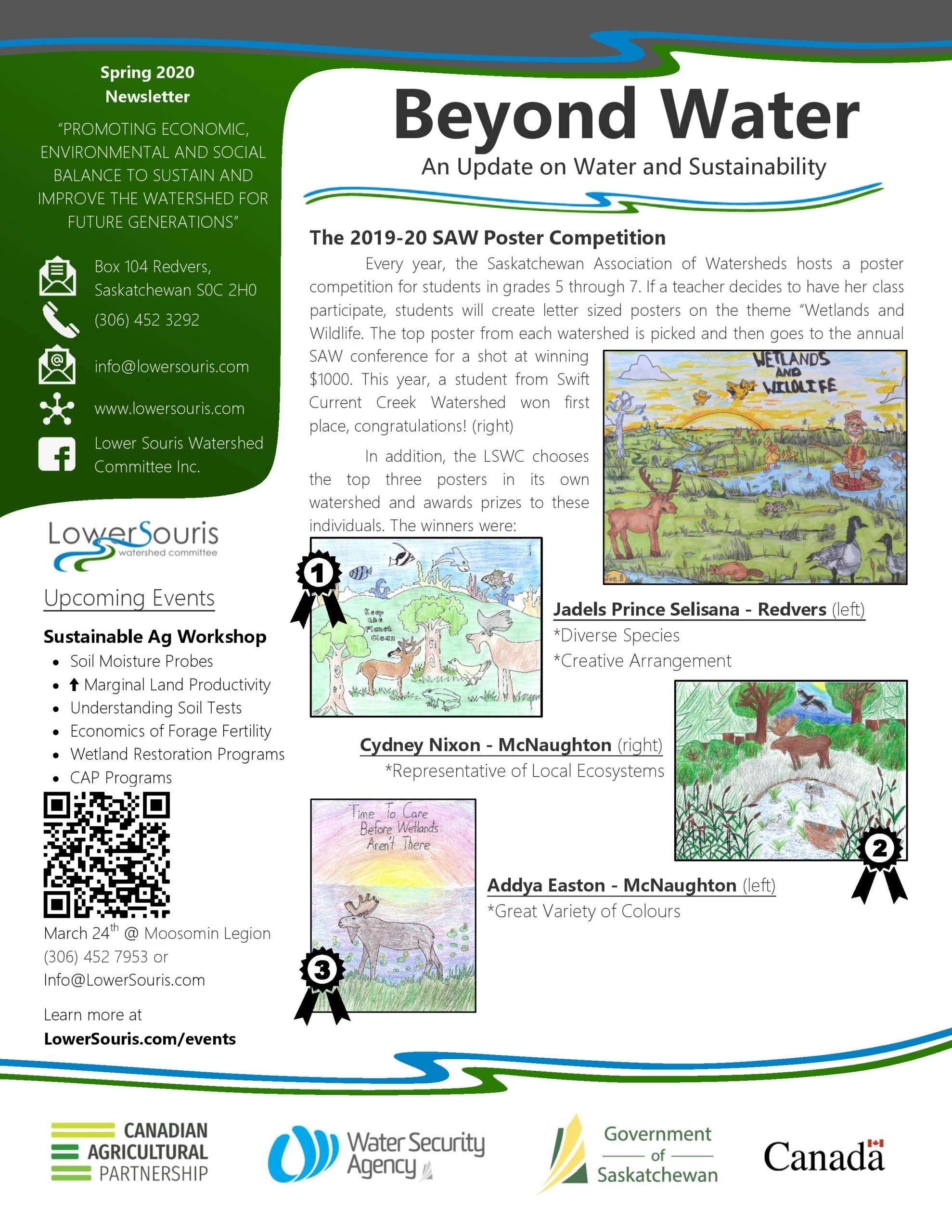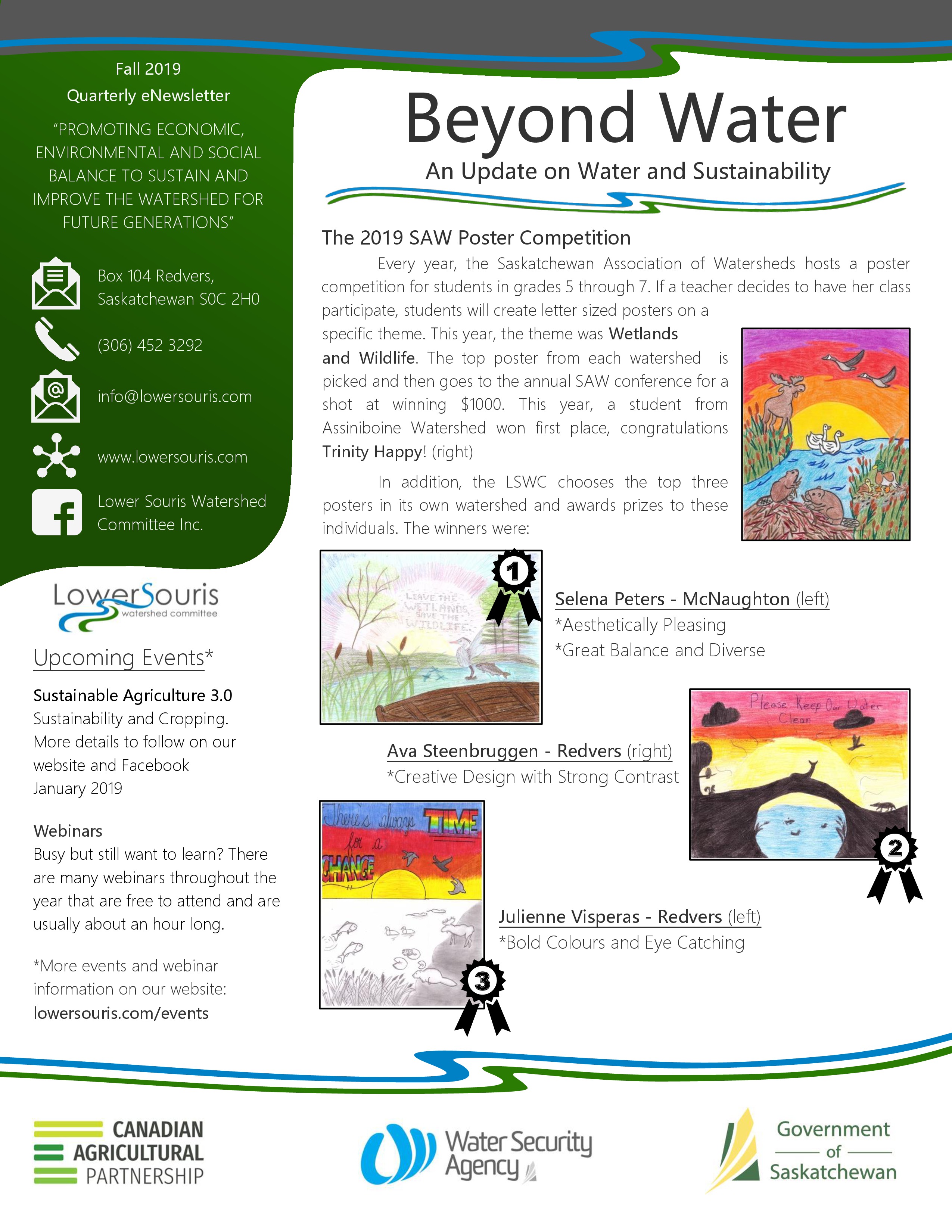The Assiniboine River Basin Initiative (ARBI) was tentatively approved for funding for Wetland Restoration projects through the Lake Winnipeg Basin Program. Wetlands on an ecosystem scale have a huge economic benefit offering services to Canadians at an estimated value over $20 billion each year. Amazingly, this is dwarfed by the estimated global value of $14.9 trillion stated by the Environmental Protection Agency. These benefits are often gained by society; yet a drained wetland may offer a greater independent financial benefit to the landowner. This is not always the case though as soil conditions may create a lower net return to farmers in comparison to funding offered through wetland restoration programs.

This wetland restoration program looks to help protect Lake Winnipeg from nutrient runoff. Wetlands are often described as the kidneys of a landscape due to their ability to hold water and nutrient runoff. This allows these nutrients to be used by plants, animals, and be filtered by the soil before continuing into lakes, rivers, streams, and underground aquifers. The creation of drainage channels through wetlands allows the runoff to quickly reach rivers and streams which continue to lakes and oceans without the filtering process. Wetlands are better to suited filter waters than deeper water bodies, but now lakes like Lake Winnipeg are receiving more nutrient rich water. Lake Winnipeg’s water quality has been decreasing with larger algal blooms making the lake less safe and desirable.
Using ditch plugs to restore wetlands brings wetlands back to life; their function as the kidney of the landscape is restored in a few years as plant species grow. Through the funding granted to ARBI, the Lower Souris Watershed Committee, Upper Souris Watershed Association, Lower Qu’appelle Watershed Stewards Inc, and Assiniboine Watershed Stewardship Association will be bringing this program to the south east corner of Saskatchewan.
We are awaiting further details, please stay tuned for further news regarding this program.


